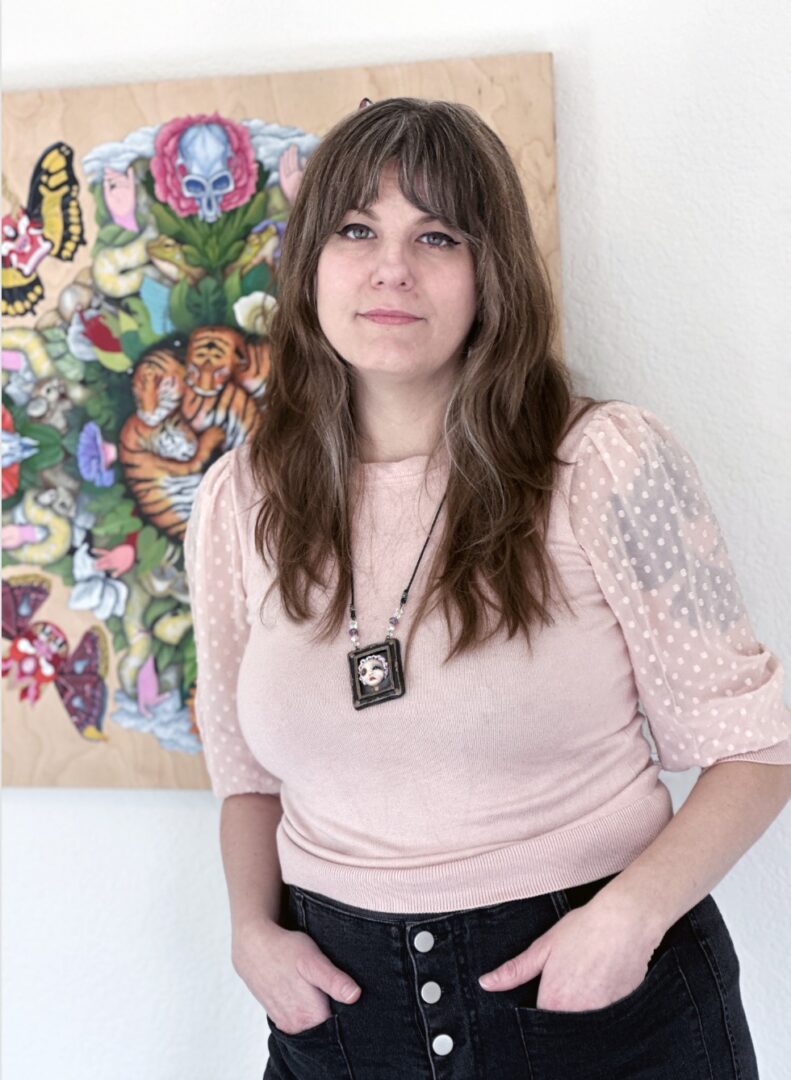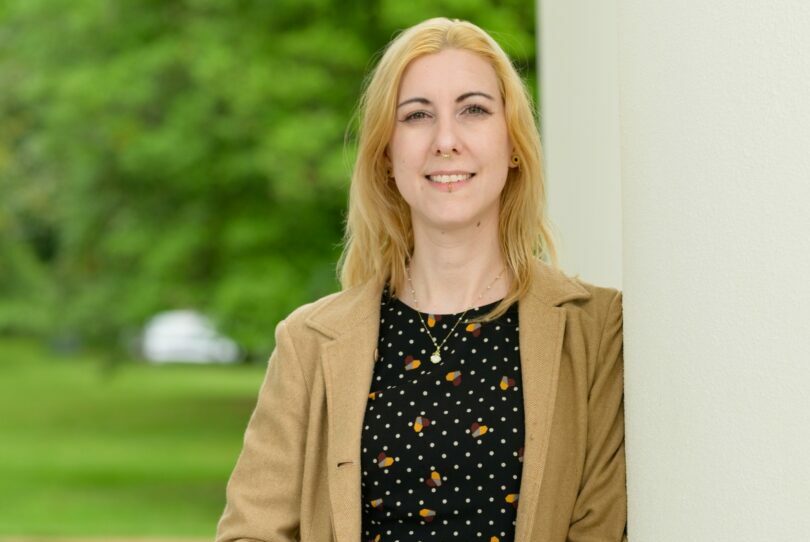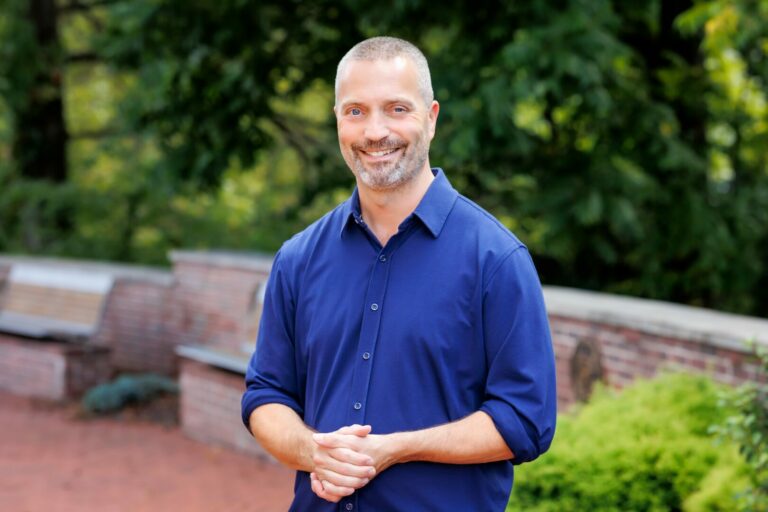We recently had the chance to connect with Aunia Kahn and have shared our conversation below.
Good morning Aunia, it’s such a great way to kick off the day – I think our readers will love hearing your stories, experiences and about how you think about life and work. Let’s jump right in? What are you being called to do now, that you may have been afraid of before?
When I opened my first gallery in 2013, I noticed collectors increasingly buying art online alongside traditional in-person purchases. By 2024, 59% of collectors purchase online (Artsy Art Market Trends 2025)—a trend that continues growing annually.
Initially, I resisted abandoning our brick-and-mortar model. There’s undeniable value in physical spaces: artists love seeing their work on walls, visitors enjoy experiencing art in person, sharing art with collectors and I’m passionate about curating exhibitions. However, working with national and international artists revealed how dramatically the art world has changed—both in how artists want to participate in shows and how collectors purchase.
We took a calculated risk, offering artists a hybrid option for our next exhibition: display online through the gallery or ship physical works to be displayed in person. Of 30 artists, only 5 shipped work for the next show, and the same pattern repeated for the following two shows. Despite our fears about closing our physical space, the artists had spoken clearly. They didn’t want the costs, logistics, and complications of shipping physical works.
Going online (with occasional in-person pop-ups) yielded a 20% higher commission above standard gallery rates for each artist, with no additional shipping costs and numerous other benefits for both artists and our gallery model. While all galleries operate differently, working with such a large national and international group of artists and collectors has benefited everyone. Out of 200 artists, only 3 chose not to continue with us—pretty remarkable retention!
This experience taught us that disrupting the traditional gallery model isn’t just about survival—it’s about listening to what artists and collectors actually want. The future is artist-focused and digitally progressive, and we’re evolving to meet that demand.
Can you briefly introduce yourself and share what makes you or your brand unique?
I’m a multidisciplinary curator, gallerist, and visual artist drawn to the intersection of creativity and entrepreneurship. Over the past two decades, I’ve been quietly building an ecosystem of interconnected ventures, all rooted in my belief that art should be accessible and that artists deserve platforms that truly serve them.
As co-owner of Poetic Tiger Gallery—a progressive online gallery and curatorial platform showcasing new contemporary, representational, and narrative art from artists worldwide through digital exhibitions, pop-ups, and collaborations—I’m exploring what happens when we put artists’ needs first and challenge conventional gallery models. Through Hyperlux Magazine and Publishing, we examine the curated life, exploring how creativity, culture, and lifestyle intersect in meaningful ways. The Curator’s Muse Podcast allows me to have deeper conversations about the stories and people behind the work.
Twenty-six years ago, I started Rise Visible, a website design and digital marketing agency, mostly out of necessity and curiosity about emerging technologies. That early immersion in digital spaces has helped me understand how the art world’s relationship with technology continues to evolve.
I’ve been fortunate to speak at institutions ranging from Washington University School of Medicine to Scott Air Force Base, learning as much as I share about creativity’s role in different communities. At its core, everything I do comes back to a simple premise: art has the capacity to heal, connect, and create meaningful change—and that’s worth dedicating a life’s work to.
Appreciate your sharing that. Let’s talk about your life, growing up and some of topics and learnings around that. What’s a moment that really shaped how you see the world?
When I truly saw art for what it was, everything changed. I’d always enjoyed looking at art—catching glimpses on TV or wandering through spaces—and even as a kid from a non-artistic family, I’d get lost in library science books and art books. I loved illustrations. But art became my salvation when my health started failing.
I’d created as a child to self-soothe, then abandoned it in the darkness until illness brought me back. But this time, it wasn’t only about my own work—it was about seeing others’ creations with new eyes. I could suddenly see the pain, the life, the love, the blood, sweat, and tears. I could see the stories, the depth, the human experience poured into every piece. Maybe it was because I was more mature—I saw it more deeply. And I feel that with each decade that passes in my life, I take a deeper dive into what I see. It all gains new meaning and momentum.
Even as a kid, I love to pick up hand made items as the local craft fair.s I still have this little tiny clay dog I purchased when I was about 8 years old.
Since that moment, art—anything anyone creates with their hands—has become my favorite thing in the world. There’s something sacred about witnessing someone’s raw humanity translated through their craft, whether it’s a painting, a sculpture, or any handmade creation. That revelation changed not just how I see art, but how I understand the profound act of creation itself.
When did you stop hiding your pain and start using it as power?
The moment I was old enough to run away from home, everything shifted. I was about 13 when I first ran away. When I realized that the intense chaos I grew up with would have no hold on me if I ran away and started a new life, I was stronger for it. I gained so much power and I never looked back. I have been holding onto that power since that day. It was like breaking out of a prison that you didn’t know you could leave—you just had to wait until you were old enough.
That moment taught me that I could create my own path, that I wasn’t bound by the circumstances I was born into. The strength I found in that act of liberation has carried me through everything since—through illness, through building businesses, through every risk I’ve taken in my career. It was the first time I understood that I had agency over my own life, and that realization became the foundation for everything I’ve built since.
So a lot of these questions go deep, but if you are open to it, we’ve got a few more questions that we’d love to get your take on. Is the public version of you the real you?
It’s all pretty much the same—what you see is what you get. I really don’t have more than one persona. I’m not good at masking, I’m just transparent, maybe too direct and forthright, pretty intense about morals and values, a little too tall with shoes, like to dress weird, talk fast, have an accent (just learned I have a slight speech impediment), love hard, and think way too much for my own good.
I love to research things, and give me any problem and I will dig as deep as possible and look at as many possibilities to find a quality solution. I love to plan, make things, and build empires. Challenge me and I will go all the way! I love a good challenge. Playing sports really impacted my competitive nature (typically with myself). As much as I am competitive, I am just as collaborative.
There’s no business version of me versus personal me—I’m just consistently myself, sometimes to a fault. I wear my heart on my sleeve, speak my mind without much filter (but with care), and approach everything with the same intensity whether I’m curating an exhibition or hanging out with a friend. Some people find it refreshing, others find it overwhelming, but authenticity is all I know how to be.
#1 Rule: Don’t ask me anything you don’t want a direct and honest answer to.
Okay, so before we go, let’s tackle one more area. If you knew you had 10 years left, what would you stop doing immediately?
Honestly, my illness is a ticking time bomb—so I live this way all the time. What I have stopped over many years is wasting time not going for everything I want. I jump, take the leap—of course a smart and calculated one—but I don’t wait until the time is right. I do it and I adjust on the way down. I shift, move and adapt, and sometimes I fail, but I will never say that I didn’t try. I am 2000% going after everything I ever want… always, no matter what. Even it is out of reach… I am reaching anyway!
This is powerful. It captures that urgency that comes from knowing time isn’t guaranteed, and how that knowledge can actually be liberating—it strips away all the excuses and hesitation that hold most people back. There’s something beautiful about turning a limitation into the very thing that fuels fearless action.
Contact Info:
- Instagram: https://www.instagram.com/poetictigergallery/
- Facebook: https://www.facebook.com/poetictigerartgallery
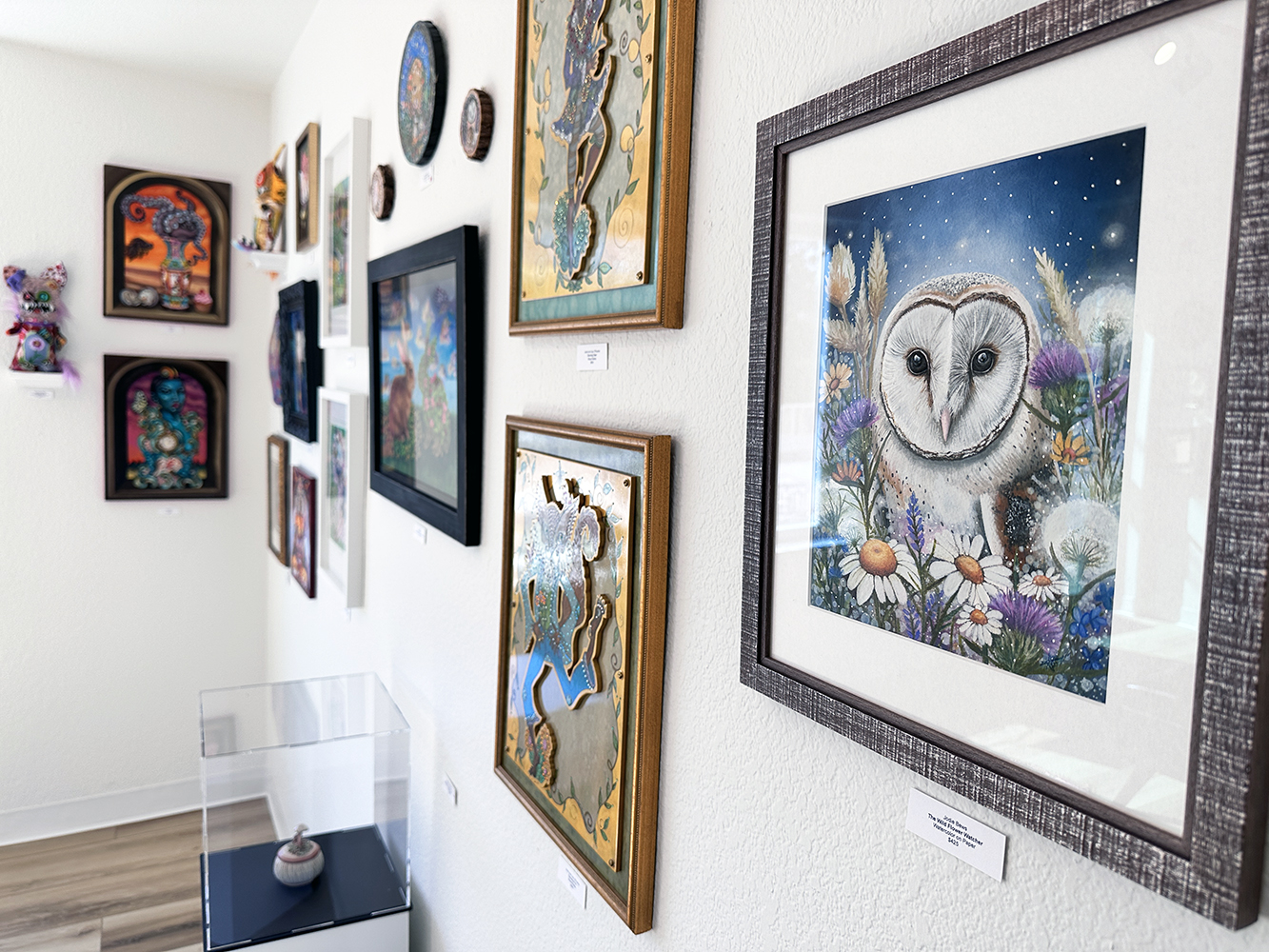
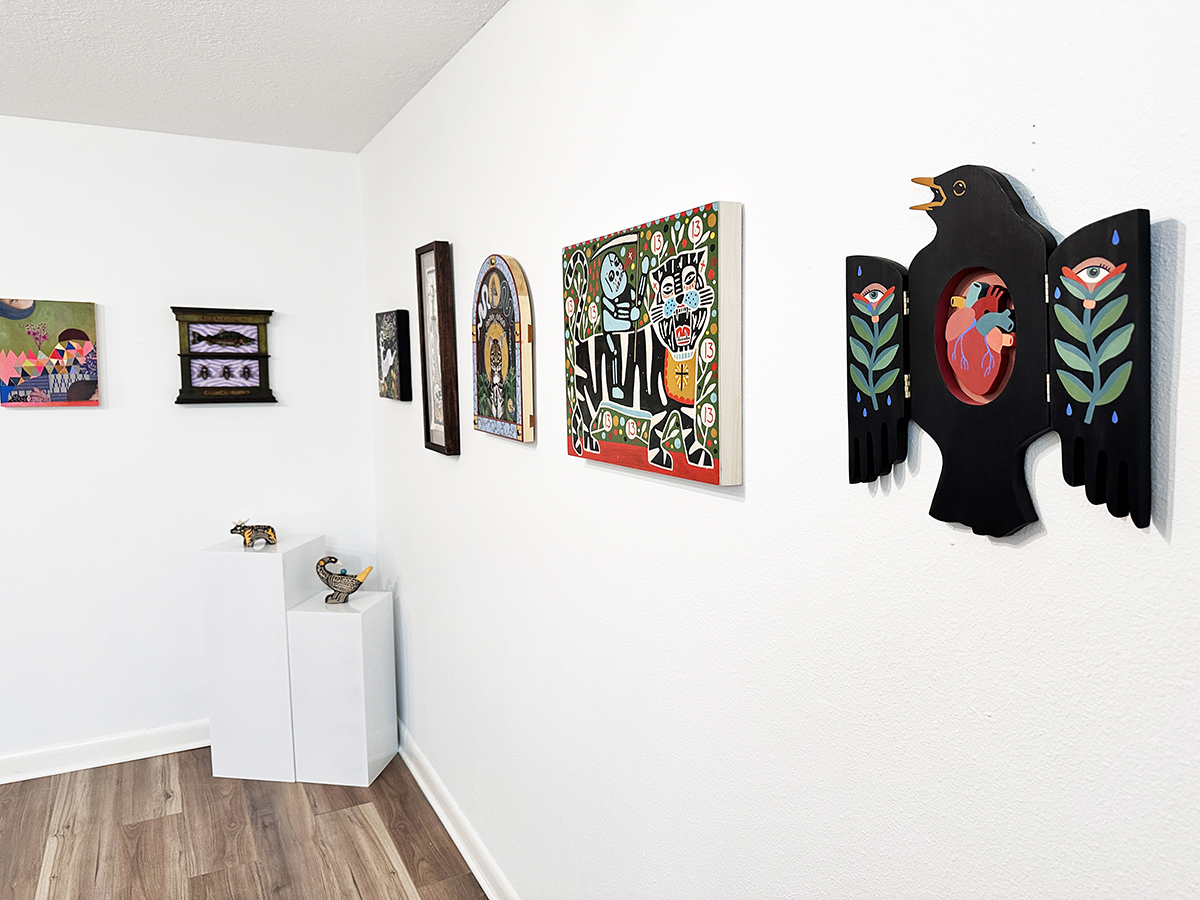
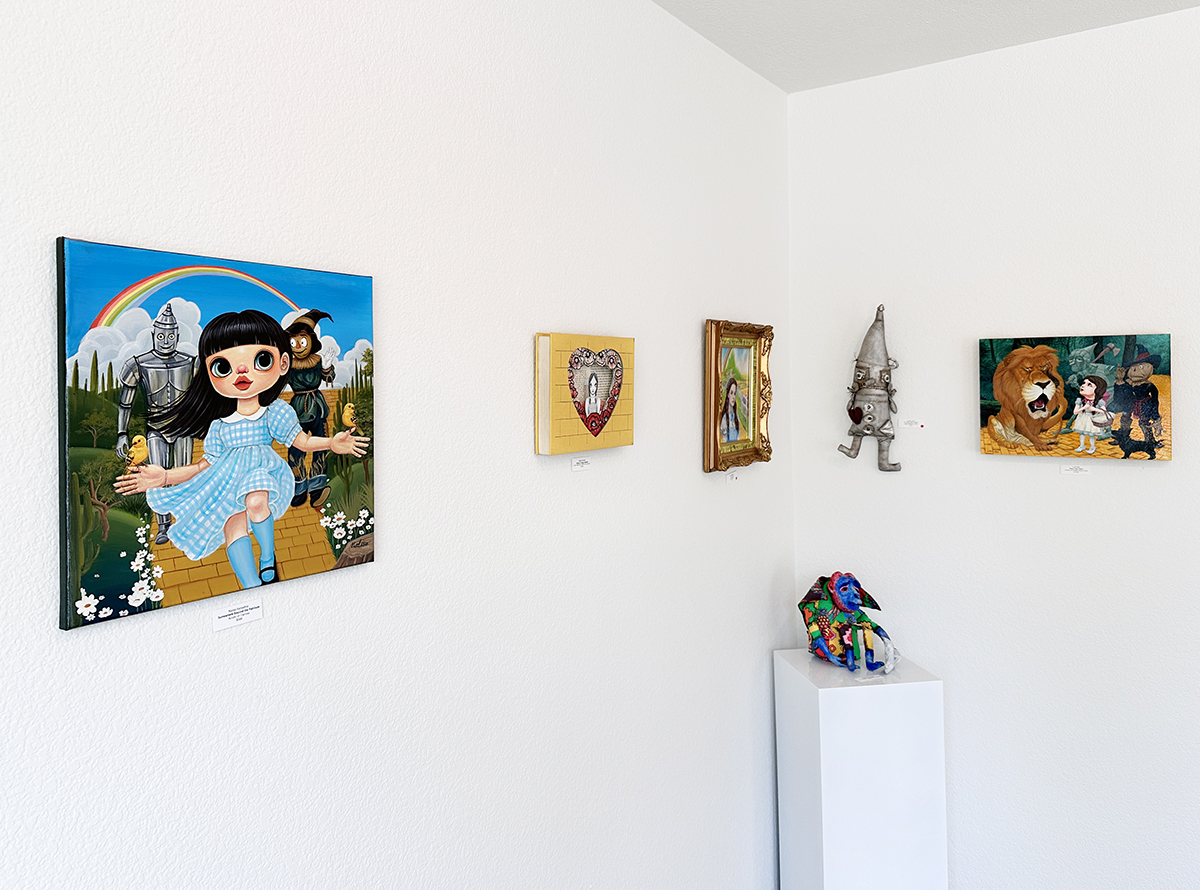
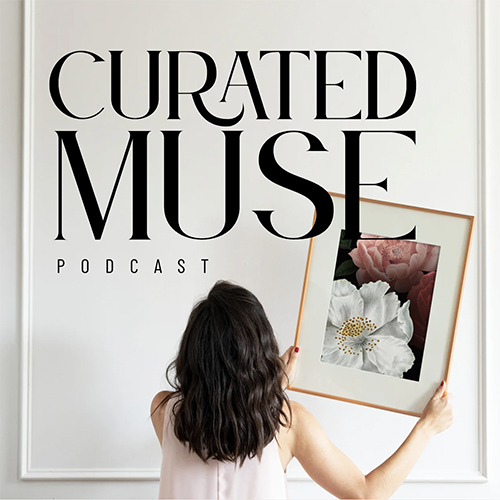
so if you or someone you know deserves recognition please let us know here.

